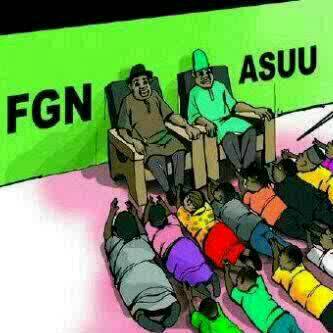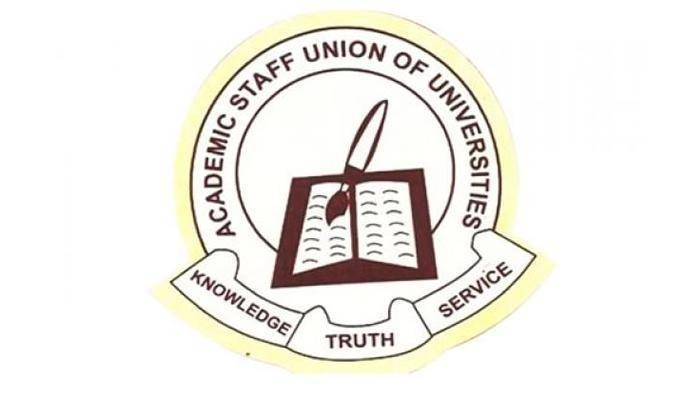
Havoc of ASUU’s Prolonged Strike:
Thus far, the Academic Staff Union of Universities (ASUU) has ignored all pleas to return to work after four months of strike that has done more harm than good, jeopardising the future of students and disrupting university calendar programmes. The union is insisting on wholesale implementation of signed agreement in 2009 to improve learning infrastructure and lecturers’ emolument. Federal Government has met halfway some demands for the lecturers to return to work, but the lecturers insist on full implementation, which government says is impossible, as it is not captured in the 2013 budget. Government has provided extra N130 billion for infrastructure development in various universities and for payment of verified earned allowances.
The pleas of Senate and other stakeholders, including the National Association of Nigerian students (NANS) have failed, fuelling suspicion of hideous selfish agenda. NANS claims, for instance, that most of the demands of ASUU cater for lecturers, not students. Following President Goodluck Jonathan meeting with the ASUU executives November 3, the union said it would meet with its executives to take a decision.
The root of the crisis is that rather than engage the lecturers and other critical stakeholders to discuss university funding as business, government in the past and current treat tertiary education issues as industrial labour relations. The outcome is half measures bi-annual face-off with university teachers. Government negotiation team must not cavalierly push for quickie end to a strike irritant, whether or not the issues involved were resolved comprehensively, considering the interests of many other industrial unions.
Similar Posts:
It is unfair for ASUU to shut down federal university system, and invite uninvolved universities owned by state governments and private organisations to join the strike. ASUU must realise that no agreement is cast in iron. Circumstances can for call for renegotiation, since tertiary education competes with other sectors of the economy requiring urgent funding.
Regrettably, ASUU members expect to be fully paid for the period of shut down, while students whose programmes have been truncated withstand the worst of the strike. Unfortunately, however, these students, which ASUU pretends to be solely fighting for, are hardly taken into consideration by ASUU before grounding the universities. For instance, NANS, the national students’ body has faulted ASUU for not carrying it along before or during the strike, which it says the demands benefit the lecturers by about 90 per cent and ASUU thus mortgaging the future of students.
Nonetheless, government must be careful not to make another grievous error of negotiating with ASUU alone in order not to trigger off another round of strikes by other non-academic staff unions in the universities, perhaps incubating with similar demands, and may cite their usual cliché on the need for ‘parity’.
While we enjoin the government to commit itself to the onerous task of funding adequately the nation’s tertiary education, we also urge ASUU to shift ground. ASUU should realise that the government has the prerogative of enforcing the ‘no work, no pay’ service law. There are rules guarding employee-employer relations.
ASUU must be ready to give account of monies it has got to provide projects. It seems its demand for ASUU Holding Company to handle project funds, instead of the university authorities under the control of respective vice chancellors is a selfish agenda. There is need to avoid conflict of interest in which a trade union also wishes and demands to manage projects funded by government, not check off dues of ASUU members.
In addition, ASUU must demonstrate sound examples by exploring other strategies, other than strikes, to get government attention. After all the rot in tertiary institutions in country is both the fault of unserious government and many incorrigible lecturers who use their positions to exploit students and parents. Government must demonstrate good intention by massively funding the expansion of infrastructure to cope with dire admissions inadequacies, in which 1.2 million candidates chase meagre 300,000 places in government universities.
Source: DAILY NEWSWATCH


